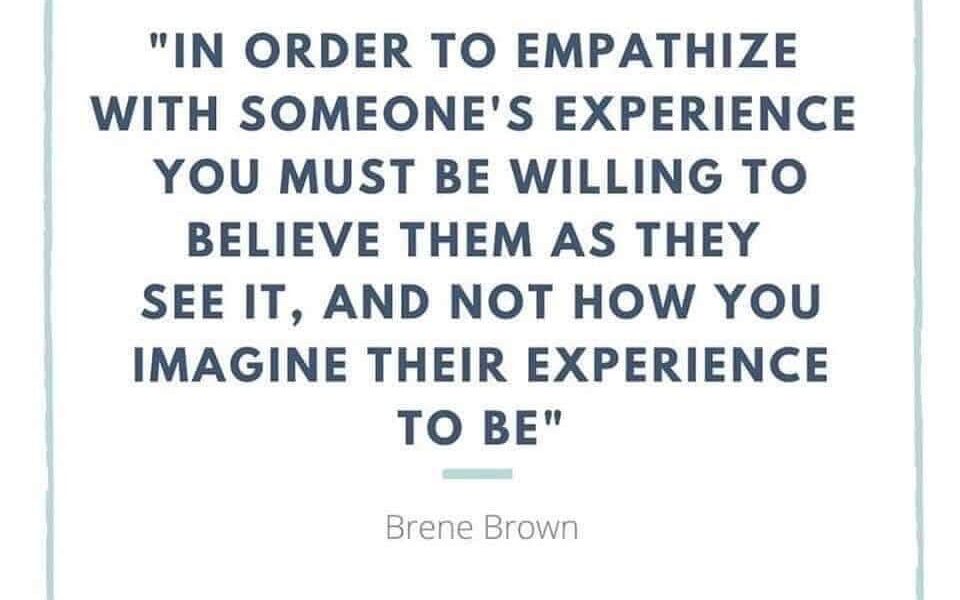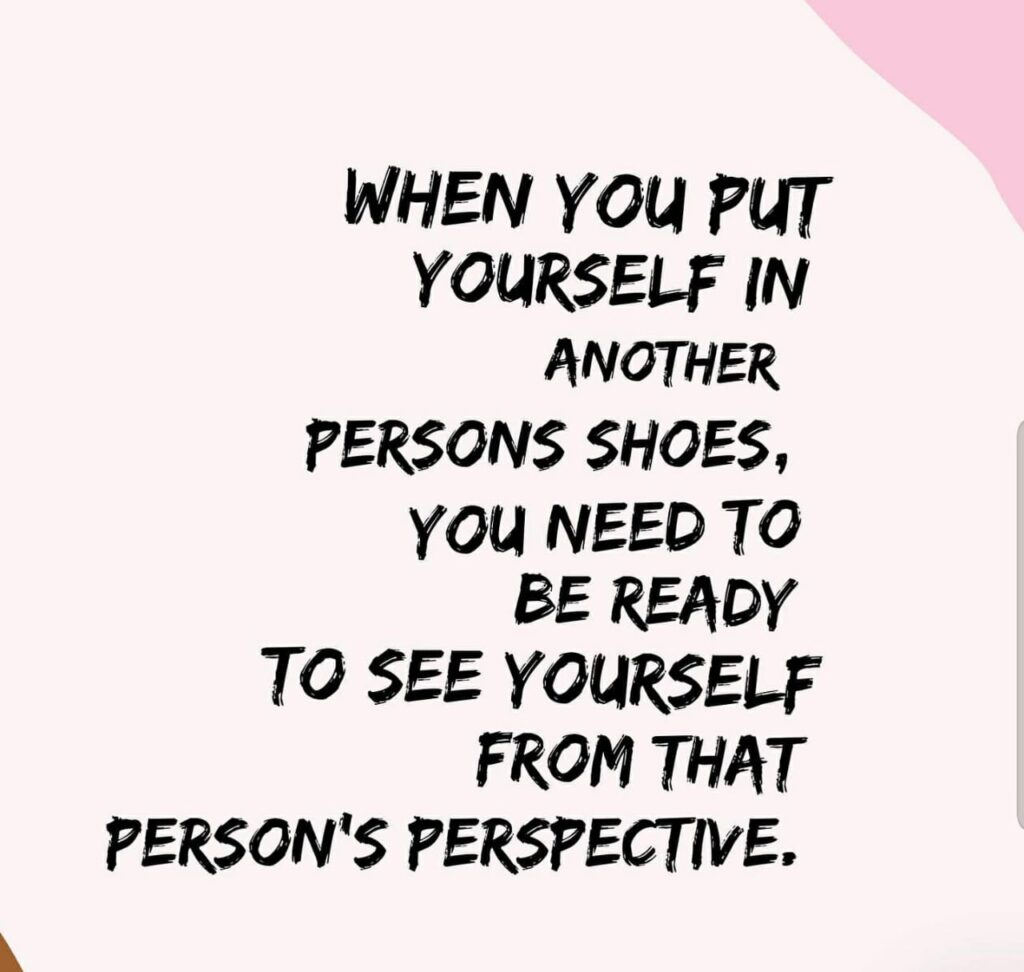A rapidly declining trait today is the art & craft of conversation. Art because a great conversation flows easily and craft because it is a practiced & perfected skill.
To bring real change, we need to share our ideas. And correctly comprehending those ideas is far more necessary than just communicating them to another. In order to do this – we need to master the craft of conversation.
The following are some tools & techniques but be wary, that authentic conversation is not mechanical. Actually, quite the opposite. It is termed craft since with every real conversation you lend in your own creativity, spark, and a bit of yourself.
7 Tools In The Craft Of Conversation
1. Switching On Your Empathic Brain
To truly comprehend what another person is saying, have the ears and heart of an empath. Empathy means – to be ‘in’ another’s feelings.
Affective Empathy is when we can mirror another’s feelings and make them our own. We have special mirror neurons who help us achieve this. Like when another laughs or yawns don’t you feel like to?

Similarly, when you see someone out of your cozy car window getting wet in the rain, a shiver runs down your body. You have felt affective empathy.
So in a conversation when you can feel the emotions behind the words, understand and name these emotions, making them your own – your empathic brain is switched on!
And when you do this, you are truly comprehending what the other person is communicating. Because you have put yourself in their shoes.
2. Taking an Imaginative Leap
Imagining yourself in another’s position and understanding their perspective is Cognitive Empathy. This plays a key role in true cooperation & collaboration where both parties are understood, respected, and appreciated.

Understanding and respecting the other’s perspective is very important to any authentic conversation. To do that you need to listen and imagine what the other person is feeling. Not your idea of the story. But the actual story.
3. Being Curious About People
A game I like to play while driving in the car is to look at strangers walking around, on the bike, on the bus, or in another car and look at their faces and imagine their lives, their problems, and issues.
A lot can be said by your body language on the kind of day you’re having and your mindset.
Having the curiosity to understand other people is the first step to true communication. You will listen because you want to know and are interested in what they have to say. And you care about what they say.
Be curious to talk to people not about them.
4. Listening
Listening is a very underrated communication skill. And it is far more important than talking.

When you listen to someone – their feelings, experiences, and perspective without projecting your own beliefs – the other person feels truly seen and understood. And that is a basic human need. To be seen and understood.
This is true for children & adults alike.

And children who are heard and respected become adults who listen and respect others. So listen more and talk less – that is why we have two ears and one mouth!
5. Asking Follow Up Questions
A true test for listening attentively is to assess how the speaker’s feeling and ask questions for a better understanding of the situation.
An example of assessing/validating the speaker’s feeling could be:
Your son/daughter come to you to complain about a naughty student –
Your responses could be:
“That must have made you feel terrible.”
“How awful ! “
“I know that feeling dear…”
Its not advice. Just saying that you are there for them.
Your responses for asking follow up questions for the same situation :
” What did you do after he shouted ?”
” How are you feeling now?”
“What can I do to help ? “
The questions show that you do care and did listen. Open-ended questions give the opportunity for the speaker to think of solutions if the situation spoken about is traumatic. Or lets them bask in glory if it’s celebratory.
To know more on this, please read the article:
What is the key to happy relationships?
6. Having An Open Mind
To listen to another we must first be ready to fully immerse ourselves in their feelings and the way they see the world. Only then can we truly experience something else.
And for that, we must be ready to challenge our beliefs and values. Our current perspectives and ideas.

It all starts with the willingness to learn the new, reflect on what is important and let go of what is not.
I love to read books and talk with people who challenge my current views on things, ideas and situations. After all – change is the only constant!
7. Opening Up
We all love to chit-chat about the weather but authentic connections are made when we can lend a part of ourselves to another. An insight into our protected walls where we are most vulnerable.
A note of caution for over sharing or sharing yourself with not interested people.
But when you feel a true connection – you need to listen with curiosity and respond with authenticity. And when another is seen – they see you too. They understand, respect, and validate your feelings, ideas and perspectives.
And with the people you have such connections & conversations with – nurture and support them. They are your wealth, health, and happiness.
So finally, what do you think is more important part in a conversation – talking or listening?
And which is your favorite tool in the art & craft of conversation?

